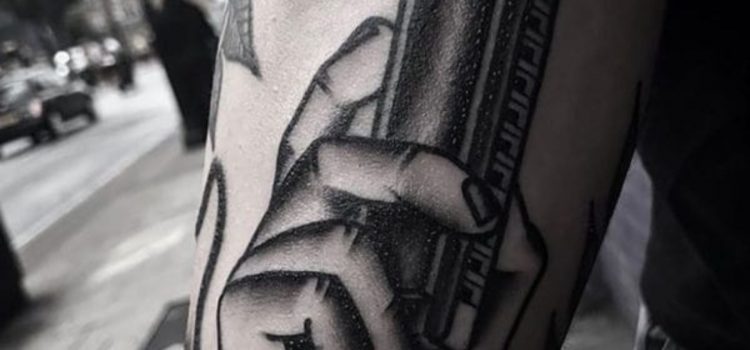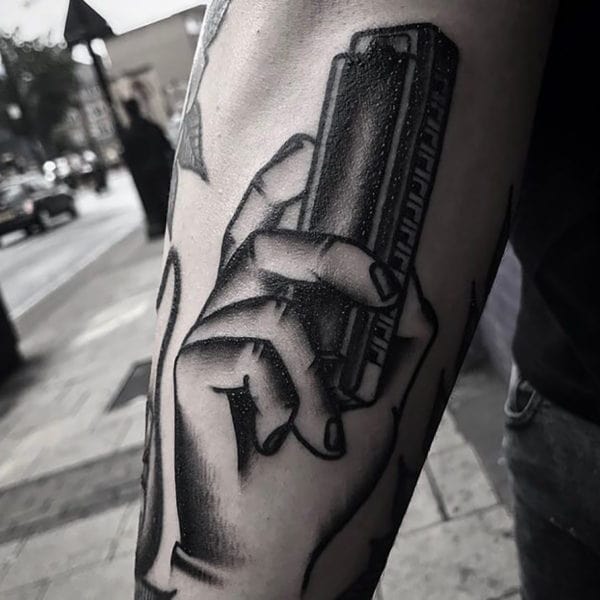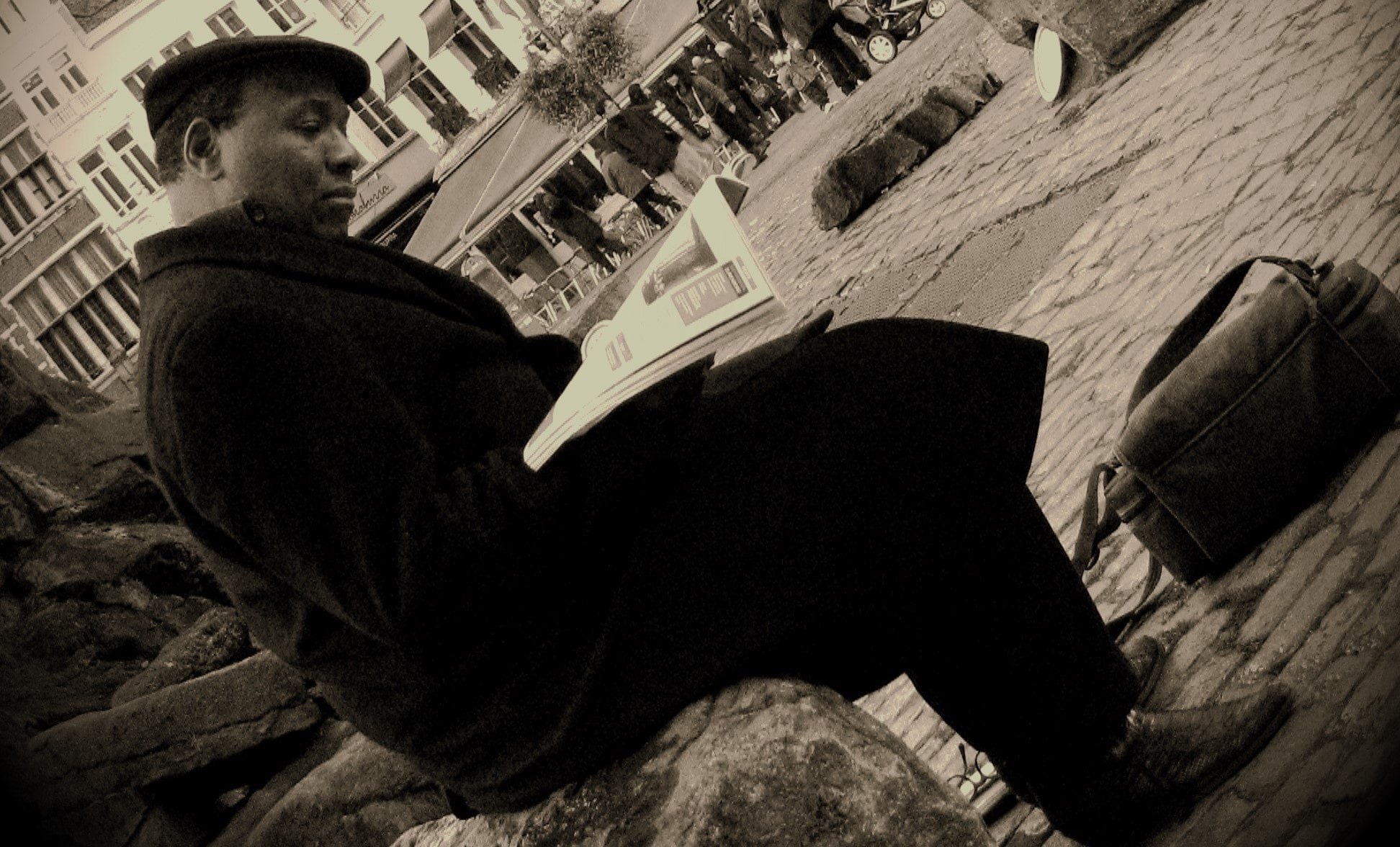
I have seen the passion that people have for the harmonica and guitar as they relate to music in general and for blues music specifically. As I share their passion for one but do not really know much about the other, I thought that I would find out more. This is what I discovered about tattoos. Some of it might surprise you.
The passion for tattoos of course does not end with those who also are interested in music culture. Today, getting a tattoo can be an emotional, highly important, life-changing event. It is a passion that is both widespread and old.
In ancient times, tattooing was one a creative method of choice to express the physical, mental and spiritual condition of not only individuals but also related groups and peoples. They have been discovered in mummies, preserved and stuffed human skin, drawings, paintings and photographs of now extinct peoples and their customs.
3000 Year Old Man Found With 57 Tattoos
Real Old Guy, (yes, I made up that name) the oldest known man from the Bronze Age, at around 3300 BC, was found in the Alp Glacier, an area between Italy and Austria. He had 57 tattoos on his body.
Tattoos have been found on ancient peoples from Egypt, Japan, North America, Samoa, Māori from New Zealand, bounty hunters from the Marquesas Islands and Borneo. Women of various Roma tribes from the Middle East and India were skilled, professional tattoo artists and introduced their symbols and techniques to Europe.
In tribal cultures, tattooing represented how old you were, sex, marital status, the class or group to which the wearer belongs.
They could show a connection with strong animals, or belief in higher powers and ancestral magic. Medicine men and women used tattoos as a form of medicine and protection from evil spirits.
Used For Repression From Ancient Greece To Auschwitz
The Greeks took over the practice of tattooing their slaves from the Persians, which was later copied by the Romans, in order to try to keep their slaves from running away, or to identify them when they did run away. During the holocaust the Auschwitz camp issued more than 400.000 identifying serial number tattoos for prisoners who were selected for forced labor.
Pain, as an inevitable aspect of tattooing, represented endurance and devotion to one’s inner motives. Although tribal tattooing is rare in its original forms, nowadays, it is a widely used phenomenon in almost all countries of the world, representing the beauty of design, popularity, magical protection, independence, solidarity, personal expression, faith and other values of today’s society. Tattoos are popular in the world of entertainment, art, film and music. Tattoos are so popular in fact that they are even entering the toy industry for the first time with a tattooed Barbie doll.

Older, traditional tattoos are often as a memory of father and or mother, lost love, or a hard life.
The colors of tattoos in the blues world are often red and blue or black. Red, which symbolizes fire and blood, passion, liveliness, strength, love and blue which symbolizes open spaces, spiritual breadth, imagination and inspiration. Our world is changing fast and so is the tattoo world. For tattoo enthusiasts who do not want a forever tattoo, there are of course temporary alternatives in the form of stickers and those applied with ballpoint pens or henna.

‘Toos And Blues
Tattoos are widespread both among performers and fans of blues music. Often of a high artistic and creative level, composed of musical notes and keys, verses of songs, traditional instruments and portraits of famous blues musicians.
I have been playing harmonica for a long time, but I was very surprised to learn how many people have tattoos of a diatonic harmonica and that it is a basic design in the wide tattoo world that is used by both naive folk artists and highly qualified professionals.
The main harmonica motif is often framed with a music staff, clover and floral motifs, and words that reveal the thoughts and feelings of the wearer.

Take Your Favorite Artist With You
On some of the newer tattoos you sometimes see amplifiers, shown together with a microphone and occasionally with a guitar. Portraits of the great harmonica players such as Little Walter or Sonny Boy Williamson are also popular. They are a tribute to their musical inspiration and the virtuosity with which they played the harmonica. At the same time, their musical identity is passed on to the generations after them and they are used as a true role model.

These days, more and more women are playing the harmonica. It follows that they are also getting tattoos and it is becoming popular with young girls as an ideal approach to expressing their most favorite instrument and music. It should also be mentioned that with the use of photography and aqua ink (water-based ink) more authentic portraits of blues greats have been created. And the diversity of tattoos is surely due in part to the large number of female tattoo artists.
